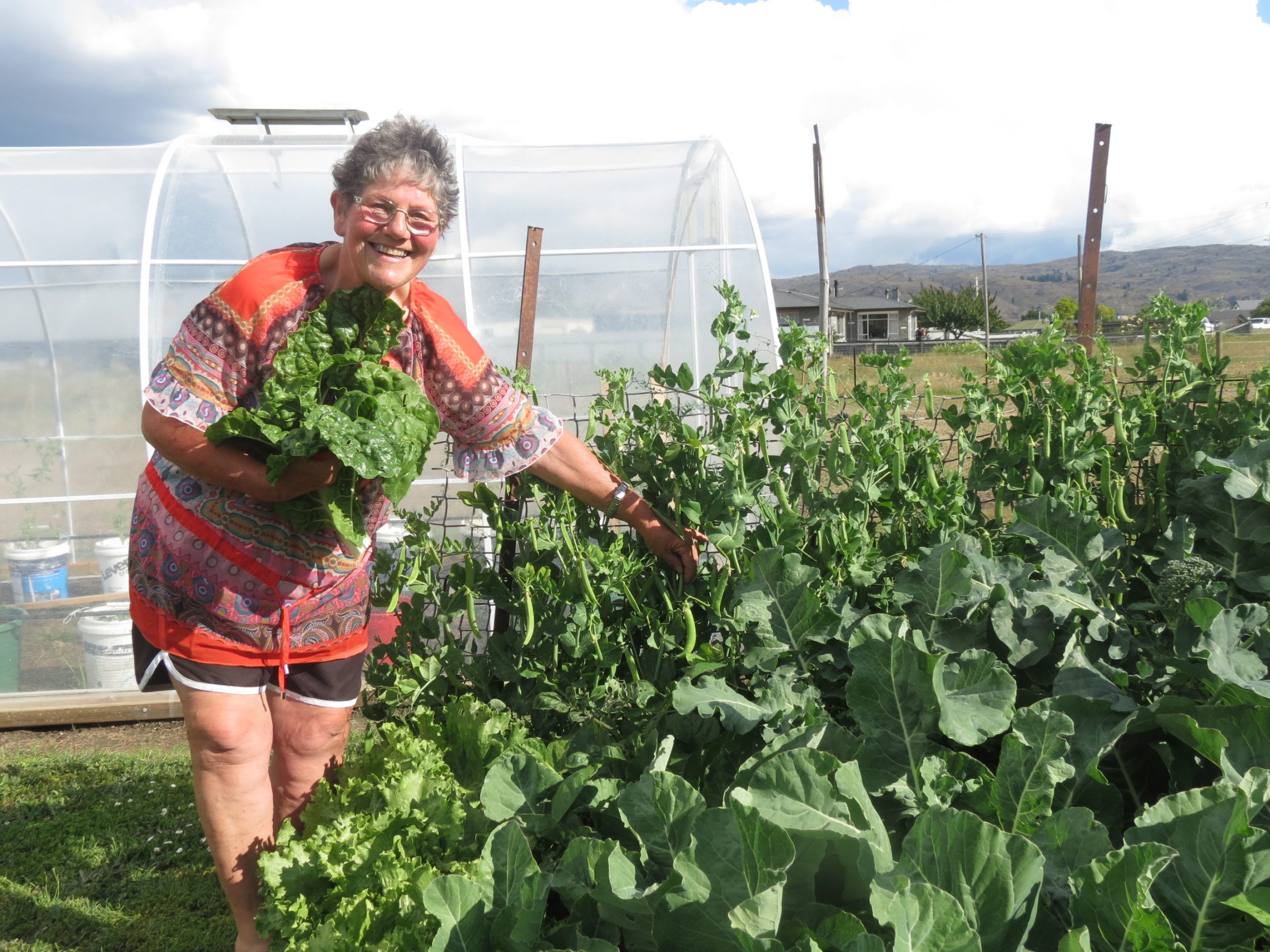With the rising cost of living showing no signs of slowing, Tracie Barrett reports on how consumers can reduce their food costs while also eating well.

Central Otago Rural Education Activities Programme (Reap) educator Shona Bain comes from a food science background, where she and other teachers were taught a variety of cooking techniques to pass on to students.
She recalled when the school curriculum changed about the early 1990s, from the home economics syllabus to a focus on technology.
‘‘We went from teaching students how to make scones using flour and butter, to the technology curriculum, where we used a packet of pre-mixed scone mix, added one cup of water, and said, ‘There are your scones’.
‘‘So all of those basic skills were not being used, because the focus had changed.’’
Central Otago Reap tried to re-teach those basic life skills through a range of classes, with the food focus ranging from growing your own food to how to prepare nutritious, nourishing meals, and ways to save fresh produce for use when it is no longer in season.
Working on several garden plots and in a new tunnel house at the Alexandra Community Garden, students learned how to grow vegetables from seeds they had saved, giving them access to inexpensive fresh food.
There were also classes on how to prepare food to be both budget and health-conscious, and how to store food for later use, through preserving or dehydrating, Mrs Bain said.
‘‘There is so much you can do to reduce your food budget.
‘‘It’s everything from what to do with summer fruit to back-tobasics cooking, to winter warmers, to Christmasy-type courses.
‘‘All we are doing, in reality, is turning back the clock a generation or two.’’
She said when she was a child, having an orange was a special treat at Christmas, not something we expected to be on hand year-round.
‘‘A lot of the food bought into the country is picked green and ripened with gas.
‘‘For the people I work with, I’m teaching them to eat seasonally and to not eat from a packet. If it’s in a packet, it’s going to cost more.’’
Fitness and nutrition coach Amy Neilson sees the cost of packaged food as being more than monetary, as many consumers are unaware just what is in the packaged foods they are eating.
‘‘A lot of my clients are really health-conscious but are eating around 45-plus teaspoons of sugar a day, and they’re the really good ones.’’
She said people thought they were eating well by consuming cereals marketed as being healthy, while not taking note of the added sugar and/or salt included in their choices.
‘‘Another huge factor in terms of nutrients is that a lot of my clients are eating over 100 ingredients a day.
‘‘Once something has been processed that much, your body doesn’t really register it as food.’’
Her dietary plans tried to strip that back to 20-25 whole food ingredients, with a focus on protein, as she said 99% of her clients ate less protein than they required.
She was concerned by advertising in which sports stars promoted cereal brands as being amazing fuel sources, when the reality was few consumers would be running around a sports field for long enough to require that much fuel.
Marketing also promoted fastfood as being a low-cost option, she said.
‘‘A lot of people who also say they are concerned about money will be going out and getting fried chicken for dinner and seeing it as low cost because it is advertised as such.’’
As with Mrs Bain, Ms Neilson advised eating seasonally to lower food costs, and said she grew some herbs and vegetables, hunted with her partner to fill their freezer with meat and used tinned and frozen vegetables to get her through winter.
‘‘People have gone from being hunter-gatherers to users of Uber Eats,’’ she said.





